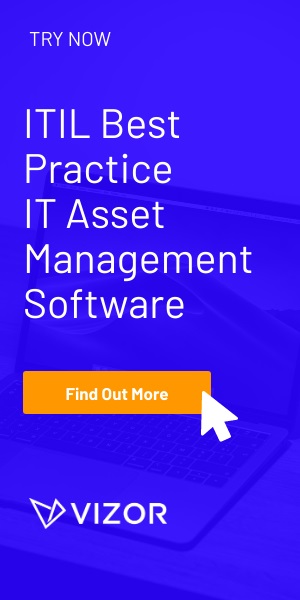Software Asset Management: evolution v revolution
2012 kicked off with an encouraging 1000PC expansion of our Software Asset Management technology in a European heavy engineering customer. Beyond the value of the deal, and really of greater significance, is an illustration of the evolutionary approach many organizations take to Software Asset Management.
Elements of Software Asset Management
A fully evolved SAM function will include several functions, including –
- Software inventory: granular, accurate and free from noise data.
- Software usage measurement: including on thin client devices on Citrix or MS Terminal Services servers.
- License Management: organization-wide coordination of license purchase and deployment.
- Application deployment planning: policy-based definition of application requirements across the organization.
- Workflow, procedures and accountability, involving a wide spectrum of stakeholders.
The revolutionary approach to SAM
Given enough planning, resources, courage and top-down support, there’s nothing stopping the CIO going for the revolutionary approach and commissioning all these elements in parallel. If successful, this approach should provide the fastest realization of the level of savings which SAM can usually generate. Identifying unused software, installed on inappropriate PCs, leading to license reallocation controlled through the License Management database – a lot can happen within the space of a few weeks and months.
Software Inventory – the usual first step
But this is not the pattern we usually see. The natural tendency is towards first establishing trustworthy data on what’s installed. This is not always the fastest route to savings, as it is patterns of use that usually throw up the opportunities for removal or redeployment. In contrast, inventory can create pressure for additional purchases, if it is found that more copies are installed than have been paid for. That true-up purchase may be good revenue for the software vendor concerned, and allows the CIO to sleep at night knowing compliance is no longer an issue. But it does nothing for software asset optimization.
Software Metering – more likely to create savings. . .
It may seem counter-intuitive, to allow a possible compliance risk to run for a little while longer, but if savings and asset optimization are top priority then it makes more sense to apply effort and tools investment from day 1 to monitoring application usage.
. . . and lead to informed decision making on compliance
Only when you have at least 90 days of usage information – and preferably 120 days – are you in a position to decide how to deal with apparent compliance issues. Knowing how many copies of the software are actually being used, and where they are, gives you the data you need in order to make fully informed, not reactive, decisions on resolving compliance challenges.






